While it may not feel like it, especially with the last two years, it has been a full four years since the third-generation Myvi was launched in 2017. In fact, with the official launch of the 2022 Myvi facelift today, it’s almost to the day.
Considering that it’s a mid-life facelift and not an all-new model, this one goes further than usual. Visually, there’s a striking new look, with a fresh front bumper and plenty of leading lines as well as sharp edges resulting in an edgy new look compared to before.
The main grille is now much larger, extending far lower than the headlamps. This gives the Myvi a more prominent look, while drawing closer to a more streamlined family design language as seen on the Ativa SUV. Indeed, place it side by side with the previous version and it’s quite a significant visual change.
Take a step back and you’ll see an X theme on the front bumper, somewhat similar to the X-Concept shown at KLIMS 2018. The new Cranberry Red colour is also similar to the show car. Exclusive to the Myvi AV, the new paint job is much darker than the more orangey Pearl Delima Red on the Ativa, and looks more exclusive than the Lava Red that is still available on lower Myvi variants.
The headlights are brand new, with a small cut off at the inside edge. There’s also a connecting chrome strip that ties it together with the new grille. Now, you may be asking, if Perodua is already designing new headlamps for this facelift, why didn’t it go further by introducing slimmer units like what it did with the Bezza facelift.
Well, to do that for the Myvi would require fitting new front fenders, which would be too costly for a facelift. Perodua says it has already spent around RM50 million for this mid-life update. Still, the designers have added more black housings inside the headlamps for them to appear slimmer than before.
All new are the LED daytime running lights, fitted for the very first time as standard on a Perodua. This is perhaps one of the most requested features among customers, so better late than never. While the Ativa has them too, it’s only as part of the Blaze GearUp bodykit. However, the vertical strips are positioned on the front bumper on the Myvi, replacing the foglamps entirely, instead of being integrated within the full LED headlamps.
At the bottom is a new front skirting, finished in gloss black with a silver trim down the middle that’s styled almost like an SUV’s skidplate. Together with the DRLs, these are only fitted on the 1.5 H and 1.5 AV variants.
In comparison, the 1.3G and 1.5X models have a much cleaner looking face. To me, it kinda looks like someone who has just shaved off his beard after a long time. A bit too fresh, perhaps.
In terms of wheels, the 2022 Myvi retains the units from before, 14 inchers on lower variants and 15s on the upper models. While this may look like a strange decision for a facelift, the existing wheels already have premium touches like a dual-tone look and machined finish, so it fits the facelift look just as well. It also helps that the original wheels look very good to begin with.
Another small change are the black side mirror caps, which is standard on all Myvi variants, just like on the Ativa. At the back, there’s very minimal changes, with just a new, more chiselled and sharper look to the rear bumper to match the front look. On the whole, the exterior facelift is quite substantial.
More colour, added refinement
Inside, it’s again familiar territory, but with the red highlights on the Ativa being well received by customers, the automaker has put in a whole lot more red into the Myvi, with the colour found on the seats, around the AC vents and even the new instrument cluster.
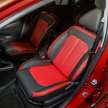

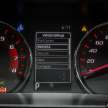
While the red on the seats dresses up the cabin, the other red bits on the dashboard have more functionality to them. The original air-condition vent design had chrome ring surrounds, but owners soon realised that they had a tendency to reflect sunlight into the driver’s eyes. So now, the trim pieces are finished in silver in the lower versions, and red on the AV.
The AV gets a new red meter cluster, with a sporty look that is actually quite similar to the 2011 “Lagi Power, Lagi Best” Myvi SE. The colour multi-info display is also unique to the new AV, with extra controls for things like the blind spot monitor and turn signals. Other variants get a simpler set of white meters with a monochrome screen, taken from the base Ativa X.
Either way, the meters have gone back to the Optitron-style electroluminescent cluster, so they appear completely blacked out until turned on. The first-generation Myvi already had this, before being downgraded to backlit meters in the second-generation facelift in 2015. However, there is still no temperature gauge to be found anywhere.
A new steering wheel finds its way on. Taken directly from the Ativa, it looks much better than the previous version. However, it has quite a few blank buttons, even on the top spec AV, which looks a bit off.


The lower variants have less and less buttons too, which look really cheap. The 1.3G doesn’t have any buttons on them, in fact. As for the seats, the 1.3G and 1.5X get plain fabric upholstery with red side bolsters, while the 1.5G gets a new snakeskin-like fabric design. Another change is the key fob, now matching the Ativa.
The touchscreen head unit on the 1.5H and AV now has a slightly larger 6.9-inch display and the latest control interface like the Ativa. Unfortunately, there’s still no Apple CarPlay or Android Auto support, although SmartLink screen mirroring for Androids is still available. However, the reverse camera is only for the AV.
The X and G variants get a button-type head unit, which is fine for this price range, but the lack of Bluetooth on the G, I think, goes against all the good work Perodua has done in elevating safety standards for cars in Malaysia.
The air-condition controls have also been updated. There’s now a new Off button, so users can just use that instead of pressing the fan down button repeatedly to switch the AC off. The two memory settings are still here, but you’ll have to cycle through them with a single button.


Another new addition is a dash cam on the top variants. Together with the solar and security window tint already fitted, this means that the Myvi arrives in a perfect “buy and drive” condition. There’s no need to spend extra cash at accessory shops anymore.
Speaking of accessories, as usual there are a few GearUp add ons available as options, like leather seat covers, LED scuff plates, mesh carpeting and even floor lighting. There are no bodykits available at launch, however. Those are likely to come in a few months time.
Beyond that, it’s the same ultra practical third-gen Myvi interior that has made it the best selling car in Malaysia for four years running. The integrated toll reader is still here, giving it an edge over the Ativa, together with the anti-snatch handbag hook and handy teh tarik hooks on the seats.
Interior space is also class leading, with more legroom in the back than the Ativa. Tall adults can fit in the back just fine, and the backrest angle is quite comfy too. Boot space remains at 277 litres, respectable for the class.
On the flipside, most of the existing drawbacks of the Myvi cabin are still here too – the rather small seats are still the same, and the steering wheel still only adjusts for tilt, not reach. Also, as before, there’s no centre armrest and rear air-con vents.
Same engines, but a new drivetrain
No changes to the powertrains, so the facelift continues with the existing 1.3 and 1.5 litre Dual VVT-i four-cylinder naturally-aspirated engines. Outputs are similar, with 94 hp and 121 Nm on the 1.3 litre and 102 hp and 136 Nm on the 1.5.
Changes have however come with the transmission. For starters, there’s no more manual option available for the Myvi any more. Before anyone starts complaining, know that out of the hundreds of thousands of Myvis sold in the past four years, less than 1% of customers chose the manual. Numbers do not lie, so that’s the end of that.
The bigger news is that the Myvi’s long serving four-speed automatic transmission has been swapped out in favour of the D-CVT from the Ativa. This dual-mode continuously variable transmission has been transplanted into the existing Myvi platform, which is the first time the D-CVT has ever been fitted to a non-DNGA car. If you have doubts on CVTs in general, do know that we’ve tested it on the Ativa, and found it to be very good in terms of response, smoothness and even refinement.
Perodua claims that with the D-CVT, the Myvi is now 5% more fuel efficient than before, with the 1.3 claimed to do up to 22.2 km/l, and the 1.5 up to 21.1 km/l – both increased by one km/l. What’s far more significant is the acceleration times, which is around 20% better with D-CVT.
The 0-100 times are claimed to be 11.5 seconds for the 1.3, and 10.2 seconds for the 1.5. Now, 20% is a big upgrade, no matter how you look at it. And like on the Ativa, there’s also a Power button on the steering wheel that gives slightly better immediate acceleration for quick overtaking manoeuvres.
Another aspect that’s been improved is refinement. The D-CVT is said to have a gear ratio spread that’s comparable to an eight-speed automatic, allowing for lower engine rpm at cruising speeds. That should make highway trips more comfortable. Another minor change is the S and B driving modes in the gear lever, replacing the 3 and 2 modes from before. S is for Sport, while B is for Braking when going downhill.
More safety kit as ASA goes 3.0
As for safety, the Myvi has been upgraded to the latest advanced tech on the Ativa. It’s actually amazing to see how quickly the Myvi’s safety features have been updated. Launched in late 2017 with ASA 1.0, it was then given ASA 2.0 in mid 2020. Now comes ASA 3.0.
Brand new features include adaptive cruise control, lane keeping assist, blind spot monitor and rear cross traffic alert on the AV variant. That’s Level 2 semi-autonomous driving, on a Myvi! The only downer to the ACC is that, like with the Ativa, it only works between 30 and 125 km/h, so there’s no low-speed follow or traffic jam assist just yet.

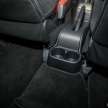
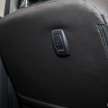
Other variants, except for the base model, also get an upgraded ASA 3.0. The AEB or autonomous emergency braking function now works at up to 120 km/h, and it can also detect both motorcycles and bicycles. The cameras can detect cars at night too this time.
Also new to the Myvi is auto high beam, standard fit except on the base variant. There are seat belt reminders for all seats too, including the rear passengers. Airbag count is the same as before – four for lower variants and six for the rest. Elsewhere, electronic stability control is standard across the board.
Lastly, the prices. With all the enhancements and new features, it’s inevitable that the Myvi would be more expensive than before. There are now five variants, starting at RM45,700 for the 1.3 G. You can then add on ASA 3.0 to the 1.3 G, or 1.3 G+ if you will, which brings it to RM47,700.
A new variant, the 1.5 X goes for RM49,900, while the 1.5 H is priced at RM53,900. Finally, the top-of-the-line 1.5 AV stands at RM58,800, all prices being on-the-road without insurance. The top two variants have seen their prices go up by RM4k and RM6k respectively, which is a big amount in this price range. However, you get quite a bit in return, with new looks, extra tech and a brand new gearbox.
Mind you, these prices are with zero SST, so by July 2022, we’ll have the Myvi breaching the RM60k mark. But, believe it or not, the current AV still wouldn’t be the most expensive Myvi to date, as the Myvi Extreme from 2011 was already priced at around RM62k.
So, what do you think of the new Myvi? By all accounts, it again sets a new standard for everyone else to follow, but do share your thoughts with us in the comments section.
GALLERY: 2022 Perodua Myvi 1.5 AV 






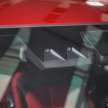

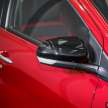
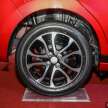
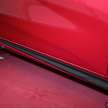

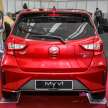
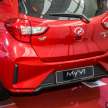
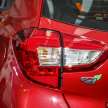
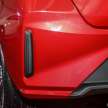
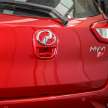
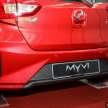






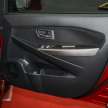


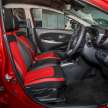
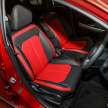
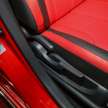
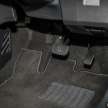
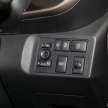
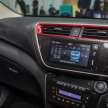









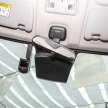






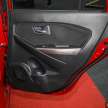







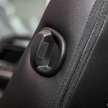



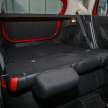



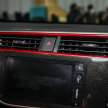
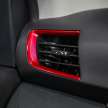







GALLERY: 2022 Perodua Myvi 1.5 H 
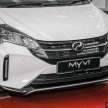
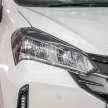


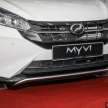
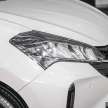

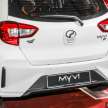
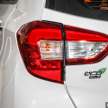
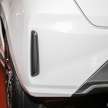
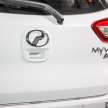
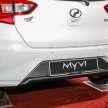

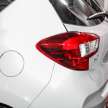

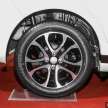

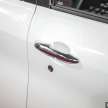
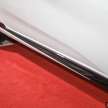
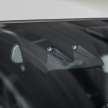

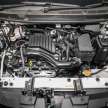

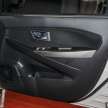
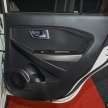



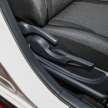

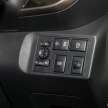
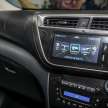


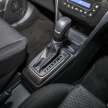

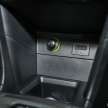

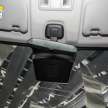
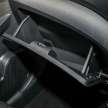


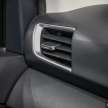



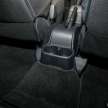



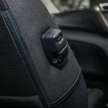
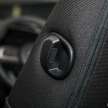




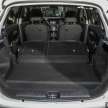






GALLERY: 2022 Perodua Myvi 1.5 AV official images 




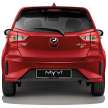
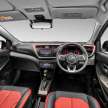
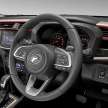


GALLERY: 2022 Perodua Myvi 1.5 AV official images 



GALLERY: 2022 Perodua Myvi 1.5 X official images 



GALLERY: 2022 Perodua Myvi 1.3 G with PSDA official images 

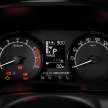

GALLERY: 2022 Perodua Myvi features, official images 
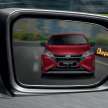





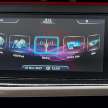
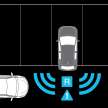

The post 2022 Perodua Myvi facelift – detailed walk-around video on what’s new, plus the good and the bad appeared first on Paul Tan's Automotive News.

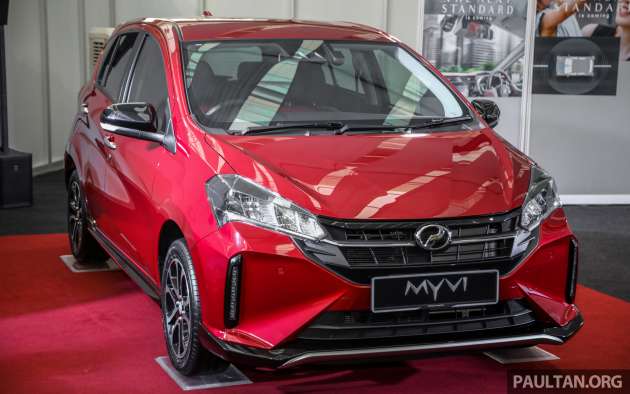
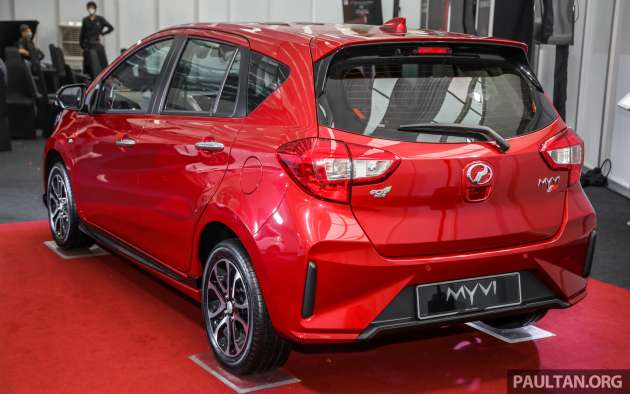
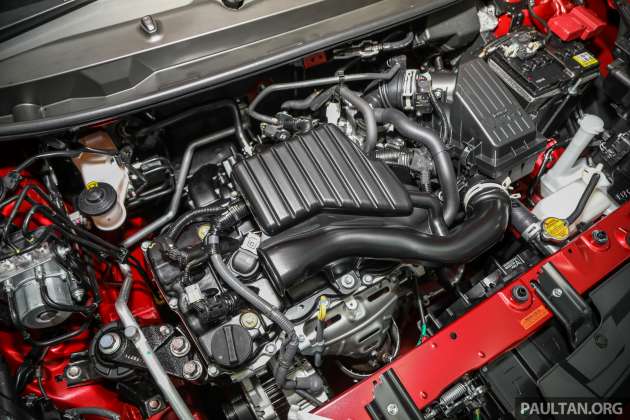
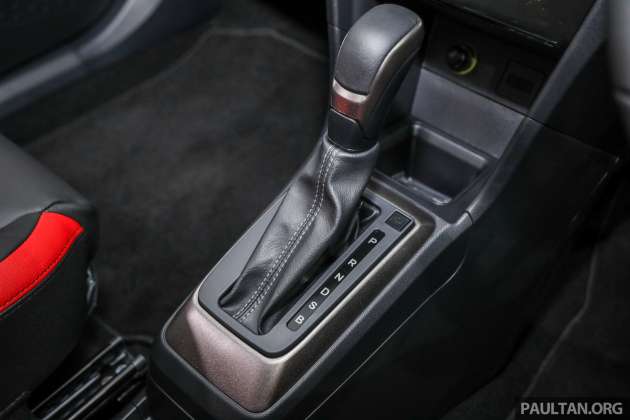

0 Comments